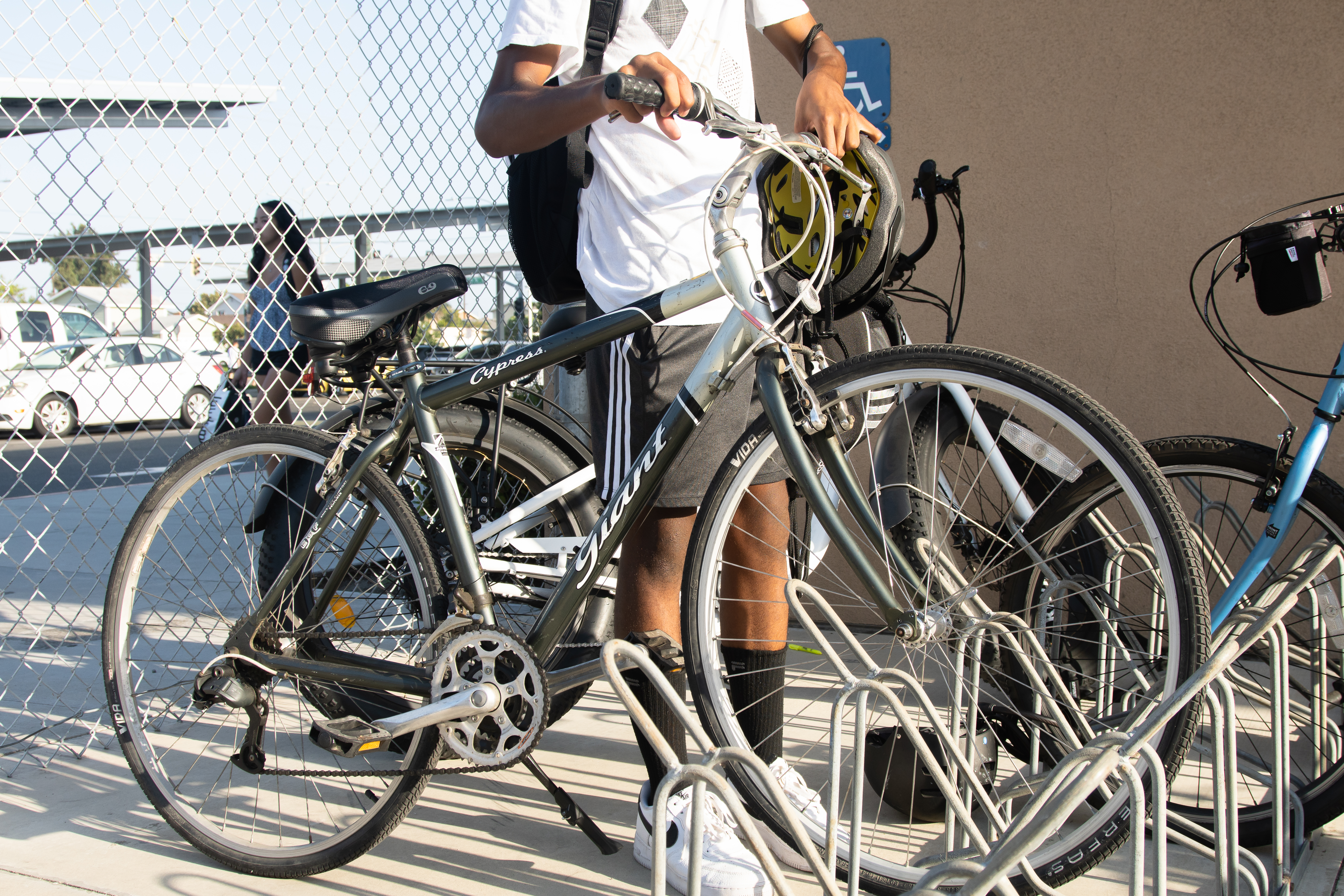
By Zander Sherry
Do you remember the first time your parent taught you how to ride a bike? The physical dexterity it required, but with the reward of sailing through the air across the pavement?
Whether or not you have that early memory, biking is something people carry into adulthood and it can surround some people’s lives. Biking has environmental benefits, as an alternative to driving, and can improve your health.
As a low-impact physical activity, biking can reduce stress levels by keeping you active, and can contribute to better mental health habits. Going for a bike ride can be a great way to get your blood flowing, promote mobility and strength and can even decrease symptoms of anxiety as a way to boost your overall mood.
Many people also revere cycling as a form of vigorous advanced exercise, whether it’s cardio across long distances, mountain biking in extreme conditions or catching higher speeds by participating in races.
Of course, not everybody who owns a bicycle will use it every day. What makes biking special to many people is the way that it stands out from their everyday routine.
In other words, in many developed countries like the U.S., biking is often nothing more than an activity for leisure or free time.
This is far from the way that people in the Netherlands approach biking. Bicycles are extremely popular in Dutch cities, and as of 2019, they have become so common that the number of bicycles in the Netherlands outnumbers its total population.
But what makes Dutch biking so unique?
In reality, what makes biking in the Netherlands so special is the fact that there’s nothing so special about it. To people in the Netherlands, it’s no different than walking or taking the train to get to work, and is almost as common as driving a car.
Bicycling is ingrained into the society of the Netherlands in cities like Amsterdam, Utrecht or Delft, where people use biking as a primary mode of transportation, especially for commutes to work. In this way, no other country compares to the amount of active bicyclists that live in the Netherlands.
A bike-filled city doesn’t happen for no reason, and an article by The Guardian dives into the history and the reasons behind many modern Dutch bike policies. Biking infrastructure, which includes networks of safer and more abundant bike lanes, came to the forefront of the public eye in the 70s across the Netherlands. Unions and activist groups of passionate pedestrians called for safer streets, and politicians made reforms for more cyclist-friendly urban planning amidst the upheaval of support for the automobile as the future of transportation.
With intricate networks of bike lanes that weave through the cities of the Netherlands, the shape of the bike itself changed as a way to meet the needs of the people using it.
Dutch bicycles, referred to as “omafiets,” are known for having specific frames with a number of benefits and characteristics that separate them from bikes you’d find in America, or other countries where biking isn’t as prevalent.
These specific types of bikes are shaped to:
- Prioritize comfort
- Get on and off easily
- Allow you to wear any type of clothing
- Commute, or bike from A to B easily
Because the US is not structured to be as bike-friendly as the Netherlands, the difference is reflected in the shapes of our bikes and the way we approach biking in general. And because Dutch biking is so vastly different from biking in American cities, it can be hard to realize the benefits of having bikes in your life 24/7.
But as commuters and as active members of society, we have opportunities to participate in a more bike-friendly lifestyle.
You can support your local bike shop by getting that old bike you’ve had in your garage for years a tune-up. Or you can tap into the growing popularity of E-bikes, and buy something you can take to work and school in an eco-friendly fashion.
Whether you think biking should be a part of commuting to school and work or if you think cycling is more suited for the leisure of summer, go out anyways! Find a safe place to have a nice stroll, and if you live close, perhaps take on the responsibility of biking to school, work or to your friends nearby.





